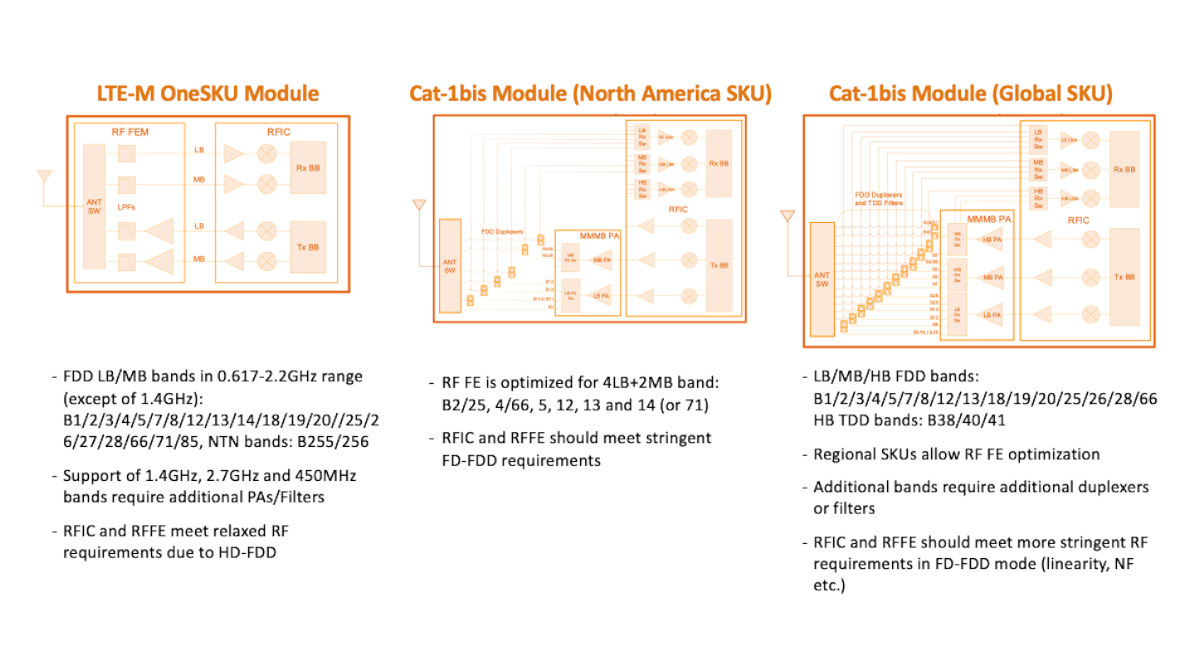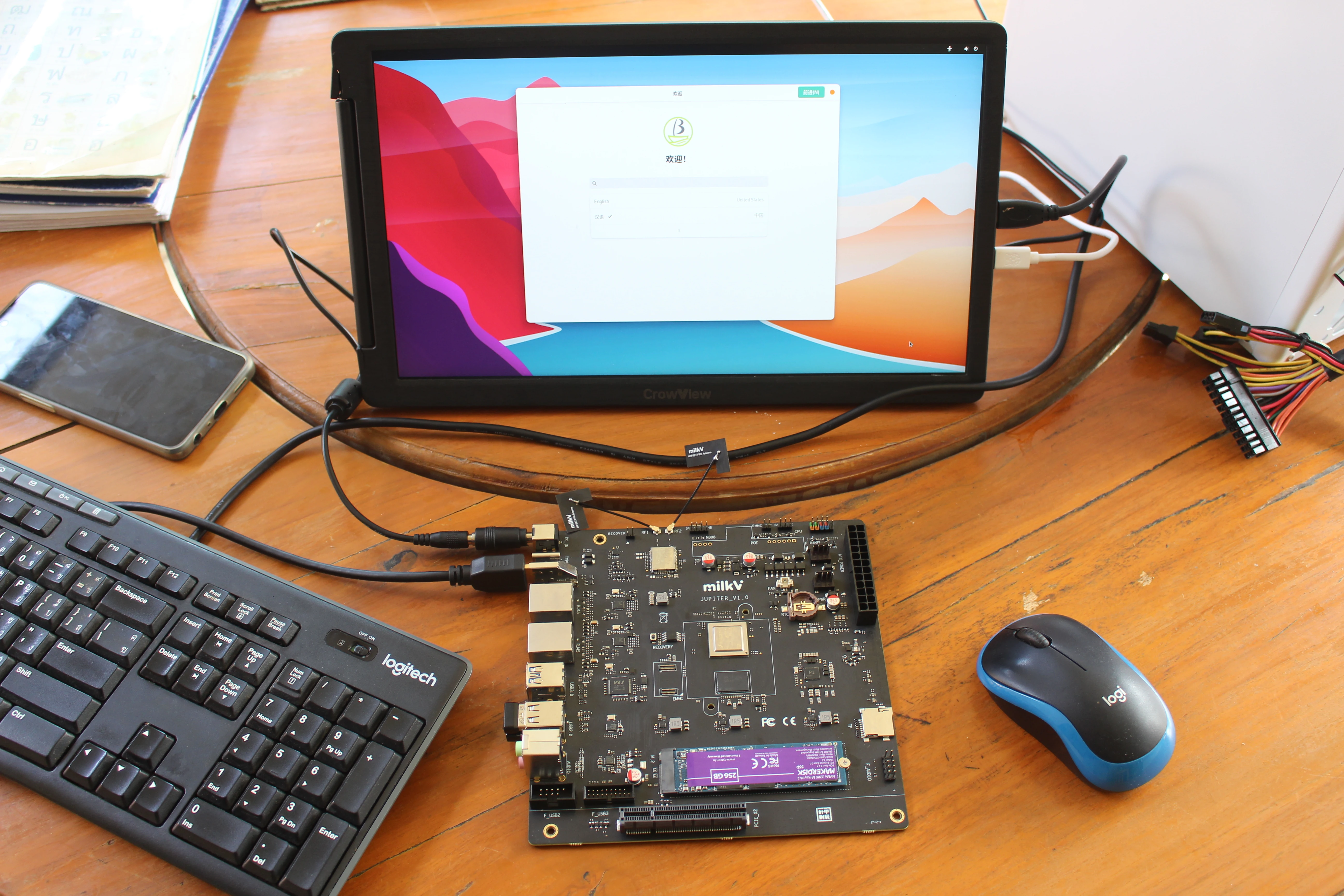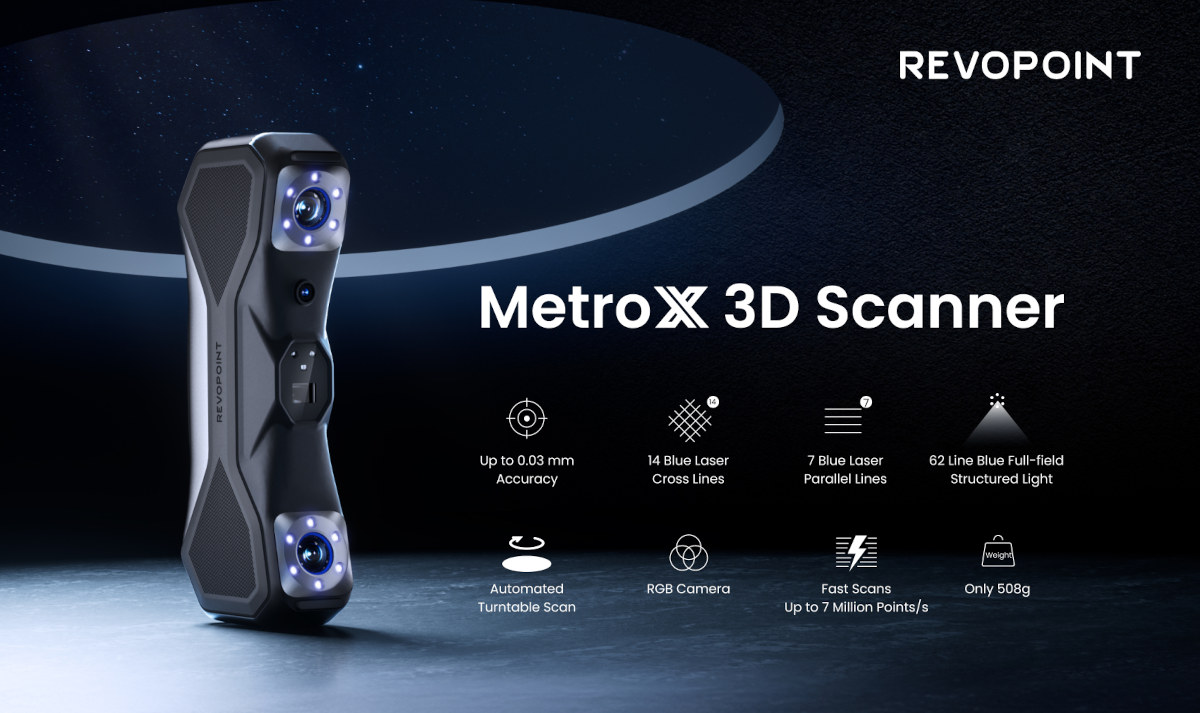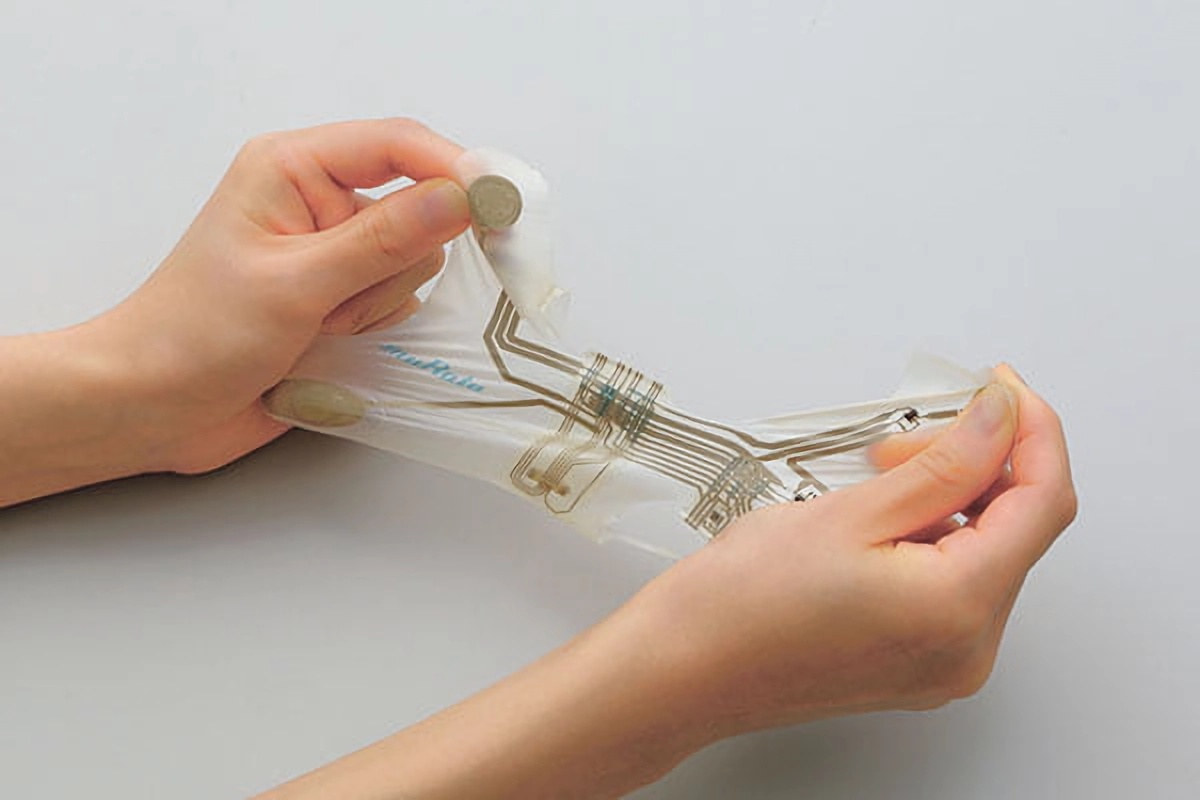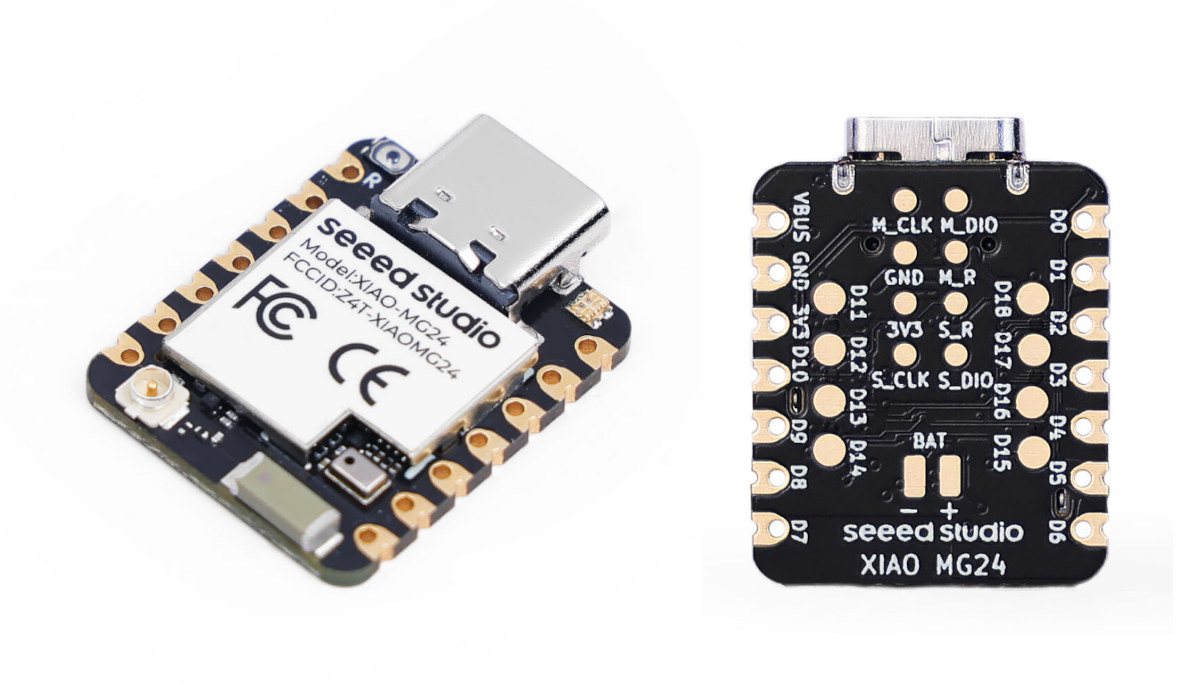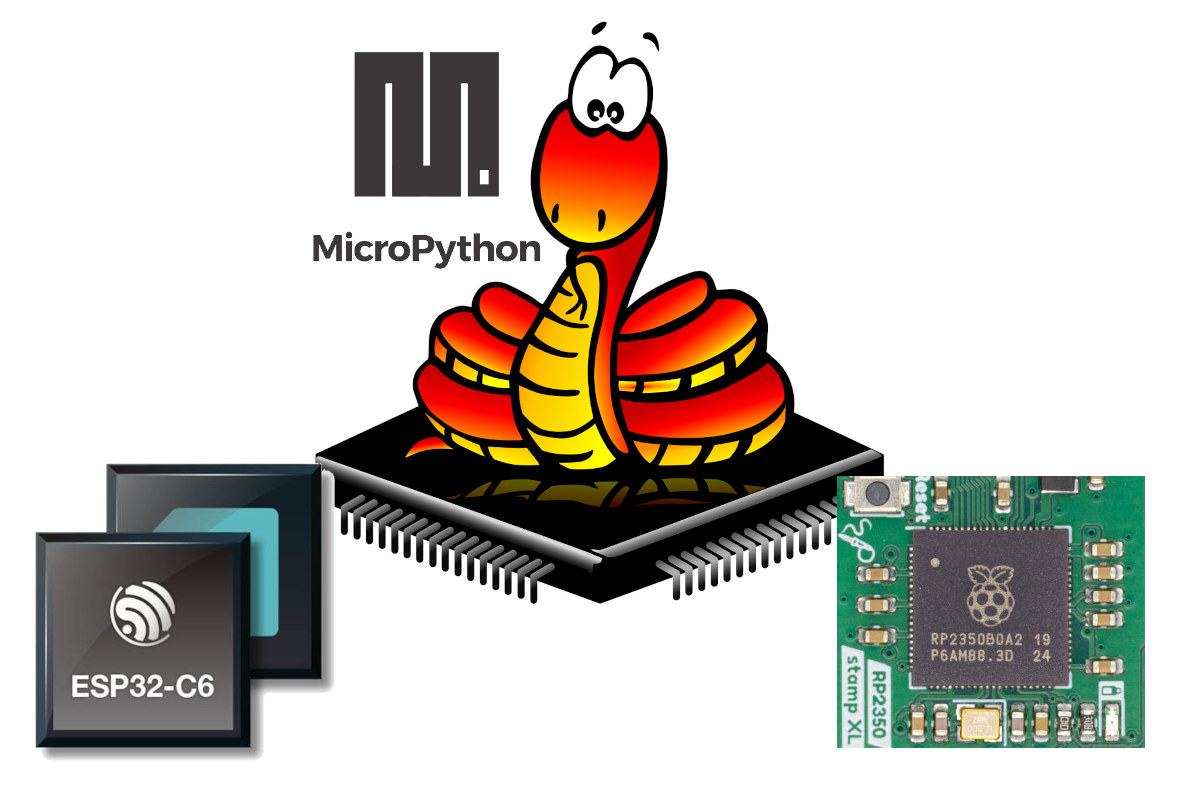CNXSoft: This is a guest post by Dana Cohen, Product Marketing Manager at Sony Semiconductor Israel, discussing LTE-M in asset trackers and comparing it to LTE Cat1.bis, another LPWAN technology. Connectivity has been a game changer in the asset-tracking landscape. Personal devices, pets, vehicles, international packages, or any kind of asset can all easily be tracked through the cloud. This has opened the door to innovative use cases that have transformed global shipping, automotive loans, retail management, construction, and other industries. Using asset trackers allows shippers to track the temperature and condition of products and raw materials as they move on ships, planes, and trucks through the supply chain. Families have a better chance of recovering beloved pets that are lost. Even banks are more willing to approve high-risk car loans, knowing that they can locate and recover a vehicle if its owner falls behind on payments. While there is […]
Raspberry Pi Touch Display 2 with 1280×720 resolution, thinner design launched for $60
Raspberry Pi has launched the Touch Display 2, a 7-inch touchscreen RGB TFT display with 1280×720 designed to be connected to Raspberry Pi single board computers. It improves on the original Raspberry Pi Touch Display with a higher resolution (1280×720 vs 800×480) and a slimmer form factor thanks to the integration of the display driver PCB into the display enclosure itself. Raspberry Pi Touch Display 2 specifications Display Type – 7-inch 24-bit RGB TFT display Resolution 1280 x 720 resolution Touch panel – 5-point multi-touch capacitive touch panel Active area – 155 x 88 mm Backlight type – LED B/L Surface treatment – anti-glare Host interface – MIPI CSI connector with ribbon cable compatible with all Raspberry Pi boards except the Raspberry Pi Zero line Power Supply – 5V DC via 2-wire, 3-pin connected inserted into the 40-pin GPIO header Dimensions – 189.32 x 120.24mm The back of the display […]
USB Insight Hub is an open-source, ESP32-S2-based tool for testing USB devices (Crowdfunding)
The USB Insight Hub is a USB testing tool based on the ESP32-S2 wireless SoC made by Ecuador-based company Aerio Solutions SAS and aimed at developers and tech enthusiasts. The Insight Hub connects to a computer via a USB Type-C port and expands it to three downstream ports, each with a 1.3-inch color display screen that displays information about the serial device such as its assigned enumeration name, voltage, and current. The enumeration name displayed helps to identify all virtual ports running through the Insight Hub. This feature is quite handy when multiple devices are connected. Although the hub features a Wi-Fi-enabled SoC, it doesn’t currently support wireless networking. Each downstream port is connected to a dedicated voltage and current meter for real-time feedback. Also, the hub implements configurable short-circuit, over-current, and back-current protection. It also allows you to control the individual activation and deactivation of the D+/D- data lines […]
Giveaway Week 2024 – Jupiter RISC-V mini-ITX motherboard
The 11th edition of CNX Software giveaway week is underway! We have seven items to give away this time around: six review samples I will send myself and one from a company offering one of its cellular IoT development kits… The contest is open worldwide, and CNX Software Thailand is also joining the fun with four additional items available to people with an address in Thailand. The first prize of this year’s giveaway is Shenzhen MILK-V Technology’s Jupiter RISC-V mini-ITX motherboard powered by a 1.8 GHz SpacemiT K1/M1 octa-core processor, equipped with 16GB LPDDR4x, and various interfaces and features such as M.2 PCIe 2.0 x2 socket for an NVMe SSD, a 4K-capable HDMI video output, two gigabit Ethernet ports, WiFi 6 and Bluetooth 5 module, and more. I reviewed the Jupiter mini-ITX motherboard with Ubuntu-based Bianbu OS and an Auriga 6-Bay NAS mini-ITX chassis last August and the results were […]
Revopoint MetroX 3D Scanner: Blue Laser Scanning Breakthrough at an Appealing Price! (Sponsored)
As an innovator in 3D scanning technology, Revopoint has unveiled its latest product, the Revopoint MetroX 3D scanner. The Kickstarter campaign started on October 15th and will run until November 14th, offering MetroX at only $689 (MSRP $999) now. Four Scanning Modes MetroX is a versatile 3D scanner that combines blue laser and blue structured light technology. Its four scanning modes give users the right tools to optimally capture every aspect of small to medium objects, from flat areas to complex details. Cross Lines laser: Fourteen crossed lines rapidly scan larger surfaces at speeds of up to 800,000 points/second. No scanning spray is needed for glossy or black areas. Parallel Lines laser: Seven high-powered parallel blue laser lines are projected to accurately capture fine details, edges, and complex surfaces. Full-field structured light: Using blue structured light, it offers high-speed scanning at up to 7 million points/second for efficient point cloud […]
Murata unveils stretchable PCB technology for medical and bio-sensing applications
Many PCB vendors now provide flexible PCB manufacturing services, but Murata goes further with stretchable PCB technology that’s not only bendable but can be twisted and stretched to better fit on the body for bio-sensing and medical applications even on parts such as an elbow. Traditional bio-monitoring sensors have some limitations. For example, they can become unstuck when the body moves, damage the delicate skin of infants and the elderly, data may be distorted due to body movement, and Murata explains “there is a risk of a decline in insulation and the occurrence of ion migration when using a thermoplastic polyurethane elastomer (TPU), known as a stretchable base material, in a high humidity environment”. The company’s stretchable printed circuits ((SPC) are supposed to solve or at least mitigate all those issues. The technology is under development, but Murata still shared some highlights of the technology: Stretchable electrode printing in compliance […]
Seeed Studio’s XIAO MG24 and XIAO MG24 Sense boards target battery-powered Matter and BLE applications
Seeed Studio has added two members to its XIAO family of tiny MCU boards with the XIAO MG24 and XIAO MG24 Sense boards based on Silicon Labs EFR32MG24 multi-protocol wireless SoC and designed for battery-powered Matter over Thread and Bluetooth LE 5.3 applications. Both 21×17.8 mm USB-C boards feature a 78MHz Silabs MG24 Cortex-M33 microcontroller with 256kB SRAM and 1536KB flash, an additional 4MB SPI flash on-board, and 22 pins and pads for GPIO pins, analog inputs, and power signals, plus a reset button and two LEDs. The “Sense” model adds an analog microphone and a 6-axis IMU sensor. XIAO MG24/MG24 Sense specifications: SoC – Silicon Labs EFR32MG24 (EFR32MG24B220F1536IM48-B) MCU cores Arm Cortex-M33 @ 78.0 MHz with DSP instruction and floating-point unit for user application Arm Cortex-M0+ core for wireless Memory – 256 KB RAM Storage – 1536 KB flash Wireless protocols – Matter, OpenThread, Zigbee, Bluetooth Low Energy 5.3, […]
MicroPython v1.24 release adds support for RP2350 and ESP32-C6 microcontrollers, various RISC-V improvements
MicroPython has become one of the most popular ways of programming microcontrollers, and the just-released MicroPython v1.24 adds support for the widely-used Raspberry Pi RP2350 and Espresif ESP32-C6 microcontrollers and a range of other changes. Those include improved RISC-V support with native code generation, an updated Zephyr v3.7.0 RTOS with threading support, unified TinyUSB bindings across ports, a portable UART IRQ API, and enhanced mpremote recursive copy. Damien George goes into more detail about the RISC-V improvements: … include an RV32IMC native code emitter, native NLR and GC register scanning implementations for 32- and 64-bit RISC-V, support for placing RV32IMC native code in .mpy files and also freezing it, and RISC-V semihosting support. Testing for RISC-V is done with the qemu and unix ports, and the support is utilised in the esp32 and rp2 ports. The Raspberry Pi RP2350 comes with both Arm Cortex-M33 and RISC-V cores, and the good […]


